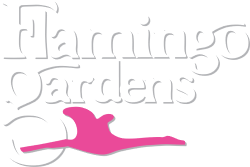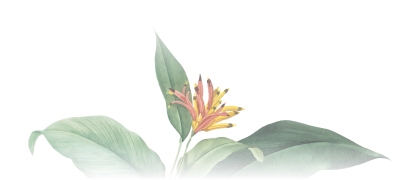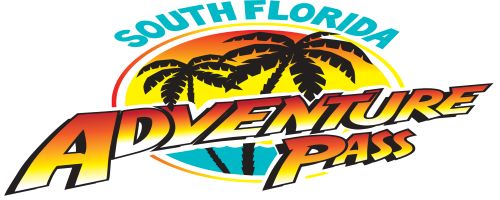I’m often asked how best to reduce one’s carbon footprint. My answer is to just start somewhere- pick a project you feel comfortable with and start there. Regardless of your effect on carbon emissions and climate change, anything you do to help the environment is good for the planet. My comfort spot is recycling, but navigating plastic recycling can be tricky!
My parents were always environmentally conscious (some might even call them hippies) so my childhood in the 1970s involved weekly chores of gardening, composting, and recycling. Many weekends I was sent to the basement to wash out cans and bottles, peel off the paper labels, and smash down the aluminum. When I left for college, I swore to my parents that I would move to the city and pave my entire yard; so, it’s ironic that I now work at a botanical garden promoting gardening, composting, and recycling, as my mother pointed out to me a bit too gleefully.

It was very natural for me to start recycling in my own home when curbside recycling became available, but recycling has changed since the ‘70s. These days curbside recycling is available in most urban and suburban neighborhoods, and we don’t have to peel off the labels from glass jars or smash the aluminum cans. But one of the biggest changes is the amount of plastic that we recycle -or rather the amount of plastic we don’t recycle.

To me, plastics are one of the most egregious threats to the planet. Plastics started to become mainstream in the 1970s. The plastic bag was first introduced to the grocery industry as an alternative to the paper bag in 1977. Some estimates put plastic production today at 9 times higher than in 1973. It is estimated that 380 MILLION TONS of plastic is produced every year now, and just 9% of it is recycled!
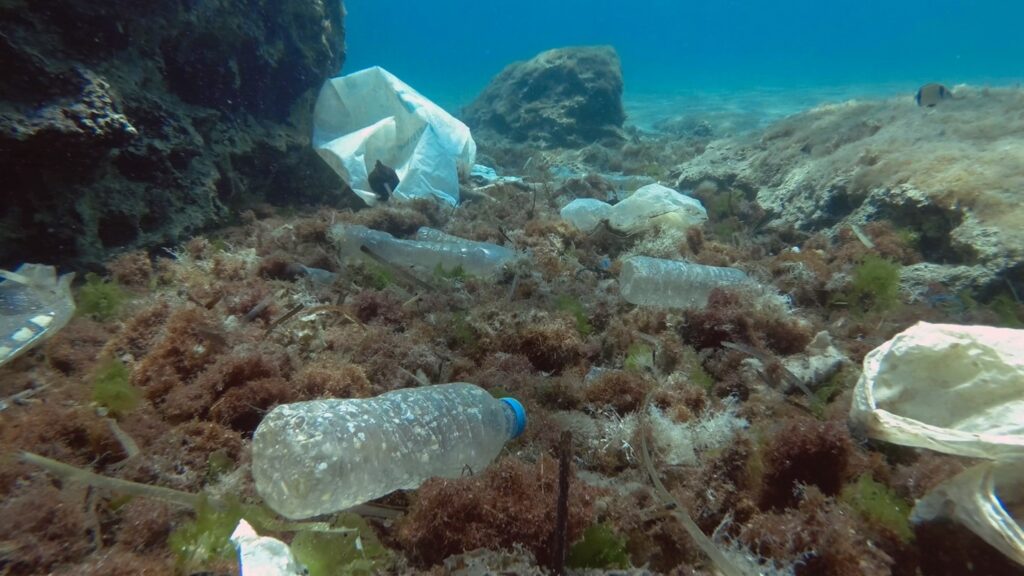
It is estimated that 8 million metric tons of plastic end up in our waterways annually. And unlike some other kinds of waste, plastics don’t decompose, which means they stick around indefinitely, disrupting marine ecosystems and creating havoc for marine life. Little microbeads of plastic can end up in our food supply and our drinking water.

But all plastic is recyclable, and we just need to be better about recycling, right? Wrong! Technically, most plastic is recyclable, but much of it is very difficult to recycle. Most recycling plants don’t have the equipment or capacity to recycle much of the plastic in production these days. The best solution is to minimize your use of single-use plastics and to recycle the plastic you do use responsibly.
I try to minimize my use of single-use plastics and recycle my plastics responsibly, but it’s hard to know what plastic is accepted by local municipality recycling programs. Recycling programs vary widely from city to city so it’s best to consult your local municipality to be certain.

Here’s a little cheat I depend on. You know those little triangles with numbers on the bottom? Those triangles are symbols created for recycling that indicate the type of plastic used in the product. The number is a resin identification code that specifies the type of resin used as well as the safety of that resin. It also indicates how that product might be recycled.

In general, number 1 and 2 plastics are widely accepted by most recycling centers. These plastics are made of Polyethylene and include almost any lightweight bottle whose neck is smaller than its body, such as water bottles, soda bottles, milk jugs, shampoo bottles, detergent bottles, and most bottles used for food, health, cleaning, or beauty products. These are easily recycled and there is demand for the product, so you can be fairly certain that your local recycle program (if you have one) accepts them. Usually, you can even recycle the screw-on caps. Caps are a #5 plastic which most municipalities accept now but check with your municipality first to be sure. Wash them out thoroughly before recycling, and screw on the cap so it doesn’t get mistakenly left on the ground.
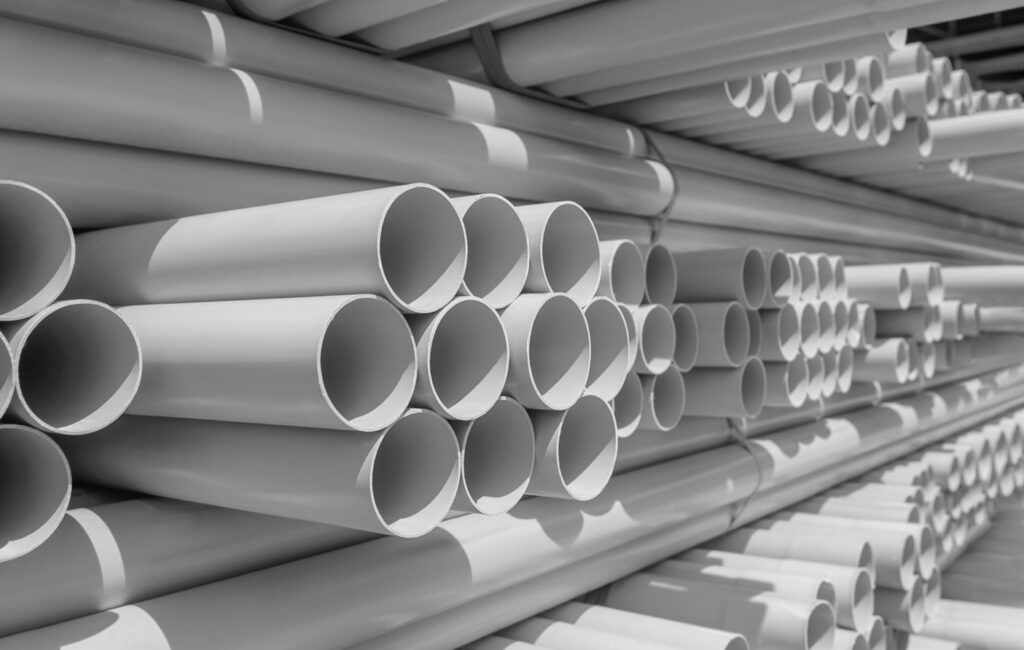
Number 3 plastics are made with polyvinyl resin commonly called PVC. They are usually rigid and not as easily recycled. These include PVC pipes, plastic sheets like shower curtains and raincoats, and many children’s toys. More and more recycling programs accept #3 plastic, but there are still many that do not. Check with your municipality as #3 plastic may need to go into your trash. Avoid these if possible.
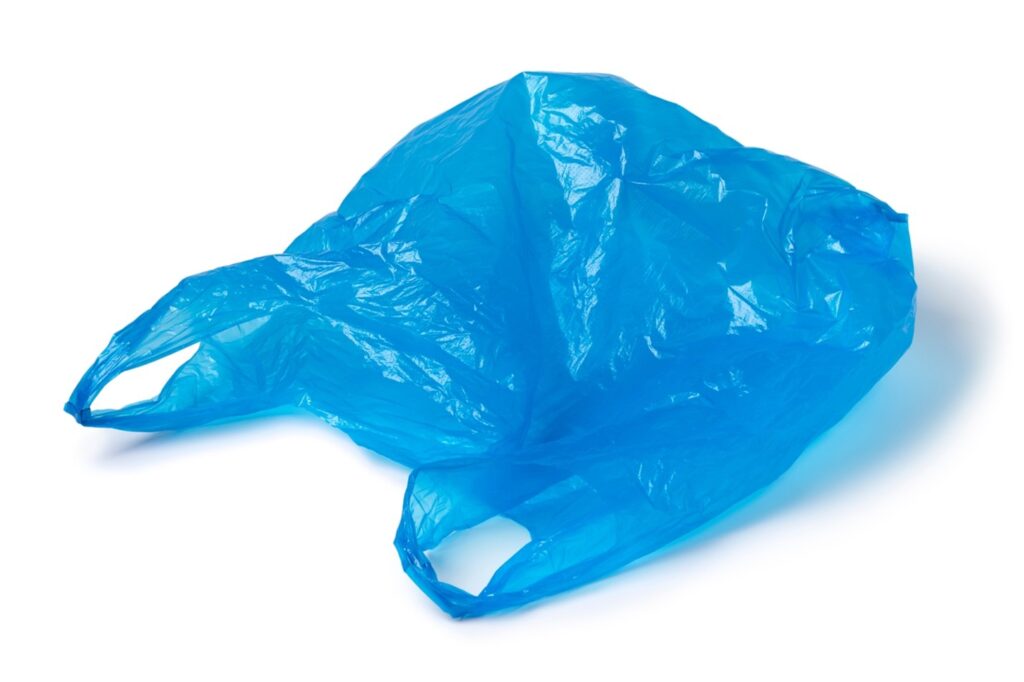
Number 4 plastics are of low-density polyethylene and are usually soft and flexible. These include grocery bags, dry cleaning bags, plastic food wrap, and squeezable bottles like ketchup or syrup bottles. The plastic bags and films are rarely recyclable, but the squeezable bottles may be.

Number 5 plastics are made of polypropylene and are a flexible hard plastic like “clamshell” food containers, screw-on caps, butter tubs, and food cups like yogurt containers. More municipalities have started to recycle number 4 and 5 plastics (except for plastic bags and film) but many still do not. Check with your local municipality. If you don’t know for certain, put them in with your trash- or better yet avoid them if you can.

Numbers 6 plastics are made with polystyrene (Styrofoam) and are difficult to recycle. These include disposable cups and plates and meat trays and should usually be placed in the trash. Number 7 plastics include a broad range of acrylic, nylon, and other plastic resins difficult to recycle such as CDs, DVDs, sunglasses, and cellphone cases which should also be placed in the trash. Again, check with your municipality. Some recycling centers have started to take plastics 6 and 7, but very few take Styrofoam in any form whether plates, cups, or packing noodles. Avoid Styrofoam if possible.

In general, it is safe to assume that plastics 1 & 2 are recyclable in your municipality if you have recycling, while 3, 4, & 5 are probably accepted in your municipality (except for plastic bags and films), but check first. Plastics 6 and 7 are rarely recycled but check you curbside collection to be sure.
Remember to check with your municipality to see what they will recycle. I can’t stress this enough! Even while fact-checking this blog, I found conflicting information between reputable sites and even on my own municipality’s website! Municipalities vary greatly. Some municipalities accept plastics 1-7 except for plastic bags, plastic films, and Styrofoam of any kind. Other municipalities do not recycle at all but choose to convert trash into energy through incineration programs instead. Most municipalities fall somewhere in between.
Better yet, eliminate plastic use wherever possible so you are certain to keep it out of our landfills and waterways. If you can’t, here is a cheat sheet for you to print and save for easy reference.
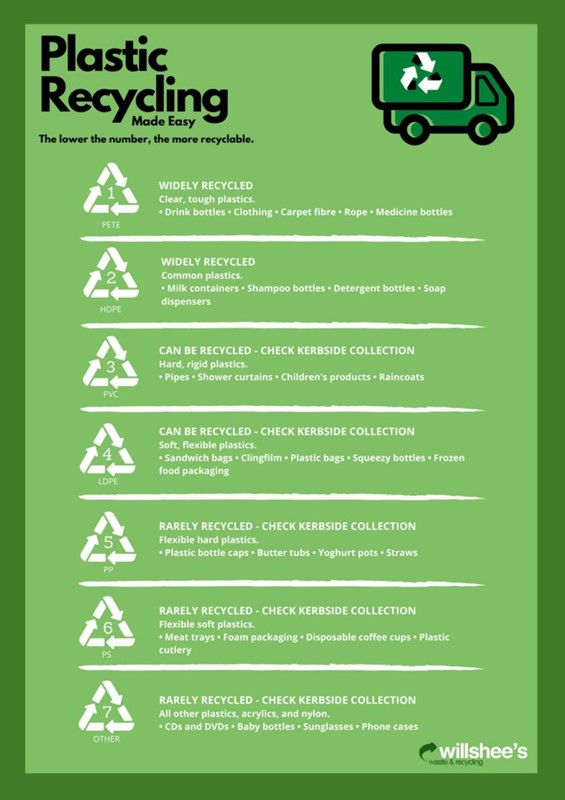
As a final reminder, never place any of the following into your recyclable bins:
- No plastic film or plastic bags of any kind (return to retailer where possible)
- No Styrofoam (find a drop-off site at earth911.com)
- No paper napkins, plates, cups, or tissues (these are probably compostable in the landfill)
- No foods or liquids (compost instead)
- No electronics (donate instead, schedule bulk pick up, or find a drop-off site at earth911.com)
- No textiles, including clothes, bedding, rugs (donate them instead)
- No hose, strings of lights, rope, hangers, or any objects that can tangle equipment
- No tires, auto parts, or scrap metal (find a drop-off site at earth911.com)
- No concrete, wood, or construction debris (schedule a bulk pick-up)
- No yard waste or wood (compost or place in your yard waste container)
- No non-recyclable plastic items without a recycling symbol
Keith Clark is the CEO of Flamingo Gardens. As a Baby Boomer he is inspired by the younger associates at Flamingo Gardens to make small changes in his own life to combat climate change and help the planet. Each month he blogs about the changes he’s making to reduce his own carbon footprint in an effort to inspire others.
